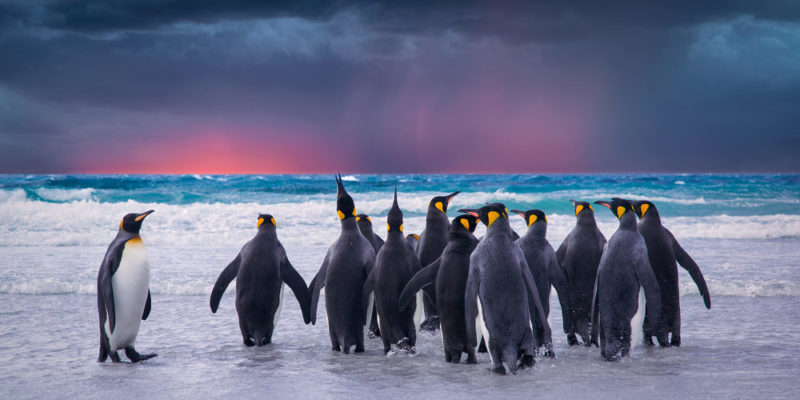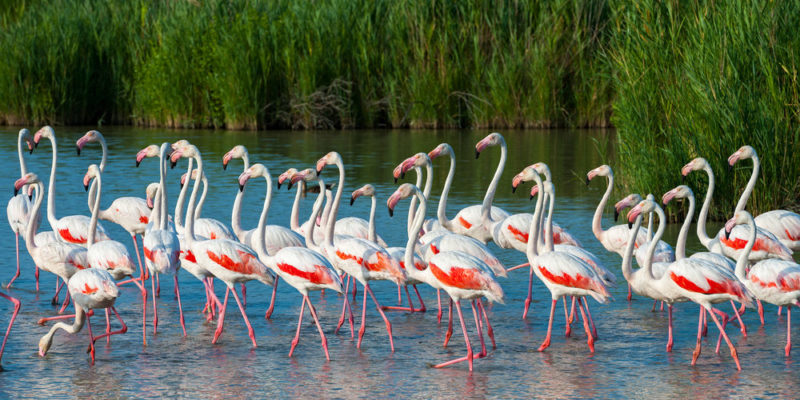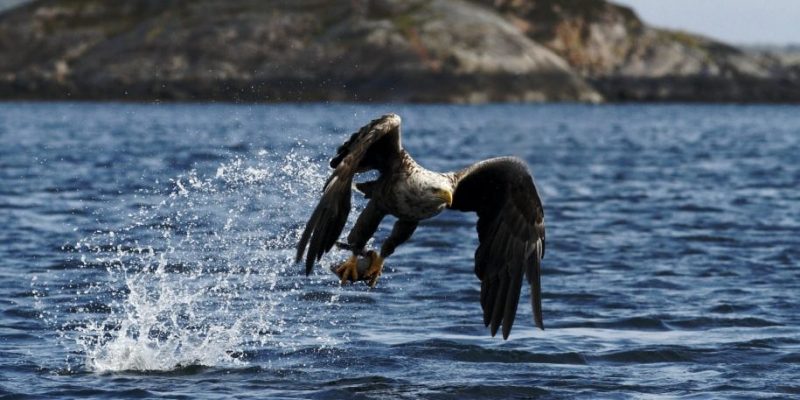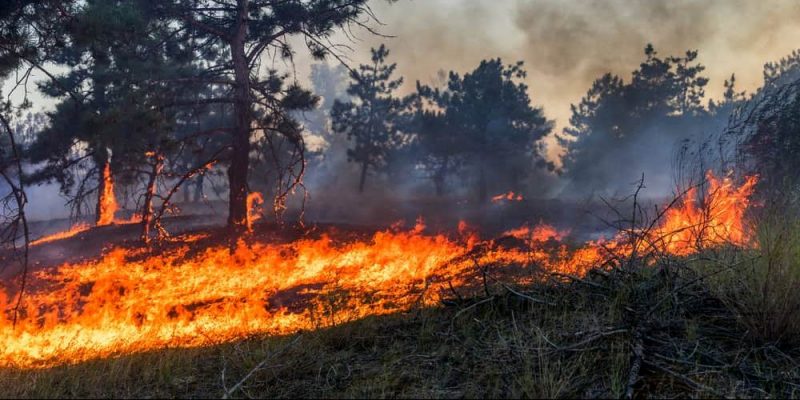We explain what ecosystems are and how they are classified. Also, what are its general characteristics, components and diversity.
What is an ecosystem?
An ecosystem is a set of plants and other living organisms ( biocenosis ) that are interrelated and that share the same environment with certain physical and chemical characteristics ( biotope ). One ecosystem differs from another because of its biodiversity , its climate, and its geography .The entire land surface is a series of connected ecosystems . The set of nearby ecosystems that share a certain region of the planet is called a biome . The types of biomes can be terrestrial (such as rainforest , temperate forest, savanna , steppe, tundra, and desert) or aquatic (freshwater and saltwater), within which various ecosystems can be found. .
Types of ecosystems
 There are many types of ecosystems, but two main classes can be distinguished:
There are many types of ecosystems, but two main classes can be distinguished:
- Terrestrial. These ecosystems are classified as:
- Tropical humid forest . It has abundant amounts of water , humidity andhigh temperatures .
- Prairie . The climatic and geographical conditions are suitable for the exploitation of livestock.
- Mountain . Very harsh climatic conditions tend to prevail at high altitudes, where only alpine-type vegetation survives.
- Desert . It has a low amount of water and high temperatures.
- Polo . Also known as cold desert for its extreme conditions with very low temperatures.
- Aquatic. These ecosystems are classified as:
- Fresh water. In them live fish , amphibians , algae , underwater plants, insects , among others. They can be from stationary water (like ponds) or running and flowing water (like streams).
- Of salty water. They are marine ecosystems and they are the most abundant on the planet. It ranges from the bottom of the oceans to the tidal zones, swamps and coral reefs.
- Urban. These ecosystems were altered or created by man and are composed of microorganisms, animals and plants , which have adapted to share the same soil and climate.
Components of an ecosystem
 The components of an ecosystem are divided into two large groups:
The components of an ecosystem are divided into two large groups:
- Biotics. Within this group are the different species of living beings .
- Abiotic. Corresponds to water, soil , light , salinity, winds, temperature and other physical conditions of the environment.
Each component depends on any other factor in the ecosystem, directly or indirectly. For example, a noticeable change in temperature may affect the plants that grow there, and animals that depend on plants for food and shelter will have to adapt to those changes or move to another ecosystem.
Food chain in ecosystems

The two large groups that make up an ecosystem (biotic and abiotic) unite or interrelate through the flow of energy that comes from the Sun and the cycle of nutrients that occurs in each ecosystem. Autotrophic organisms use the energy they receive from the Sun to generate their own food (much of the green vegetation through photosynthesis). These organisms constitute the "producer" level of an ecosystem.
The organic matter generated by autotrophs has a direct impact on heterotrophic organisms that cannot generate their own food (all animals, fungi , bacteria and many other microorganisms ) and constitutes the "primary consumer" level of an ecosystem. Other organisms feed on primary consumers and constitute the 'secondary consumer' level of an ecosystem, and so the sequence between consumers continues.
The movement of organic matter and energy from the producer level through the different levels of consumers constitutes the food chain . An example of this chain process is grass (producer) that is eaten by a mouse (primary consumer), who is then eaten by a snake (secondary consumer), who is later eaten by a hawk (tertiary consumer).
The final link in the entire food chain is made up of decomposers, which are basic and essential organisms that feed on (or decompose) the remains of dead organisms and also organic waste. In this way, matter is recycled through terrestrial ecosystems.
Characteristics of an ecosystem

An ecosystem is:
- Dynamic : It presents in it a constant flow of energy and movement.
- Variable : Presents changes for the different seasons.
- Complex : Being a system that involves and relates to numerous living and non-living factors.
Examples of ecosystems
 Some examples of ecosystems are:
Some examples of ecosystems are:
- Lagunas de Zempoala, Morelos (freshwater ecosystem). It is a National Park located very close to Mexico City , made up of seven lagoons surrounded by forests of oyamel pines and oaks.
- The Sierra de Nevada de Santa Marta (mountain ecosystem). It is a mountainous system in northern Colombia that faces the Caribbean coast and is isolated from the Andes. It has snow-capped peaks 5,775 meters above sea level.
- New York's Central Park (urban ecosystem). It is an urban ecosystem that contains an ecological system located in the center of the island of Manhattan.
- The savanna of Mexico (savanna ecosystem). It is a vast territory between the Pacific Ocean and the Gulf of Mexico, in the area of the Isthmus of Tehuantepec. The climate is tropical with a lot of rains in summer and floods the soles that, in the dry season, harden and crack.
- Coral reefs in Mexico (marine ecosystem). They are deployed in three areas: the Pacific coast from Baja California to Oaxaca, the coasts of Veracruz, Campeche and the eastern coast of the Yucatan Peninsula.
The above content published at Collaborative Research Group is for informational and educational purposes only and has been developed by referring reliable sources and recommendations from experts. We do not have any contact with official entities nor do we intend to replace the information that they emit.
Cultural journalist with great interest in education and technological innovation in the classroom. The future passes through technology and it is already here. .
Leave a reply
Your email address will not be published. Required fields are marked *Recent post

Sport: What Is It, Types, Risks, Features, Characteristics and Examples

Dogs: Emergence, Features, Characteristics, Feeding and Breeds

Story: Definition, Elements, Structure, Features and Characteristics

